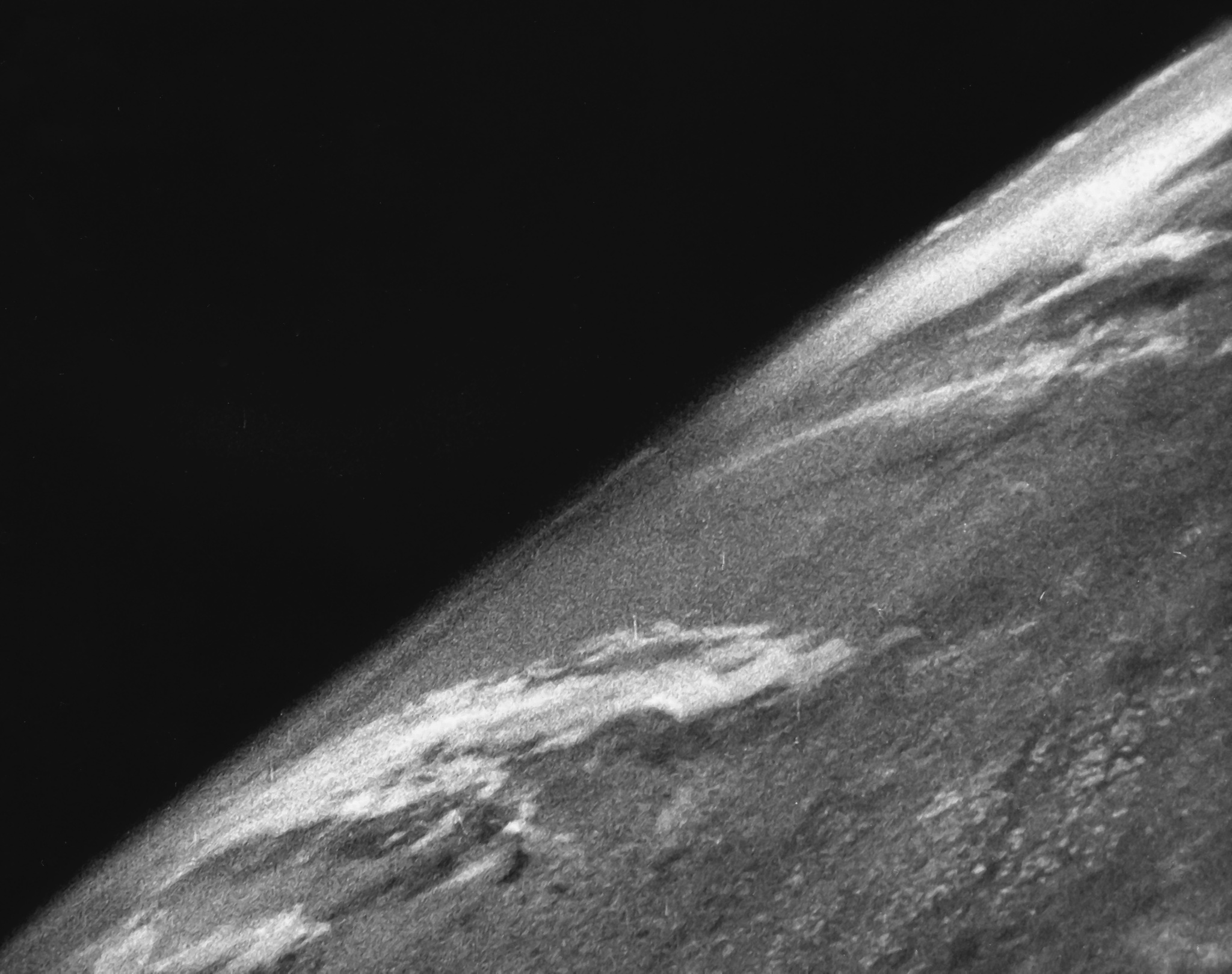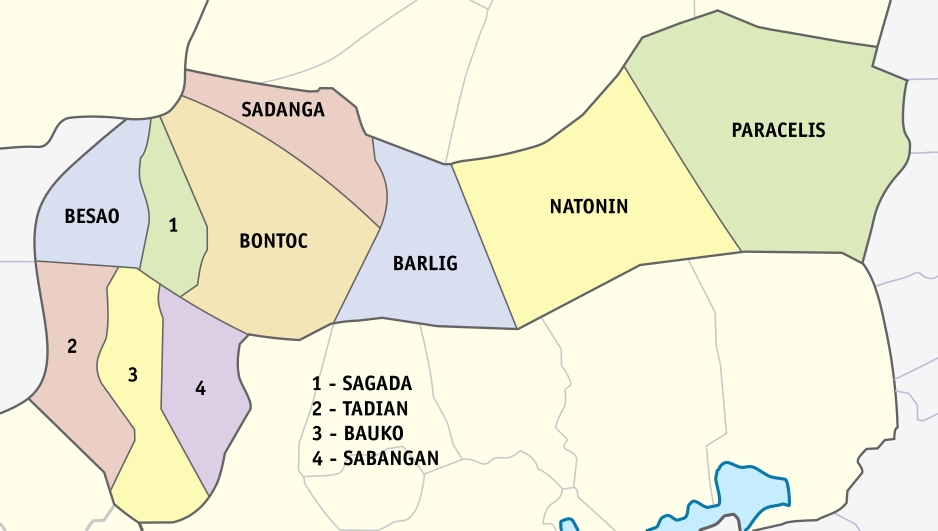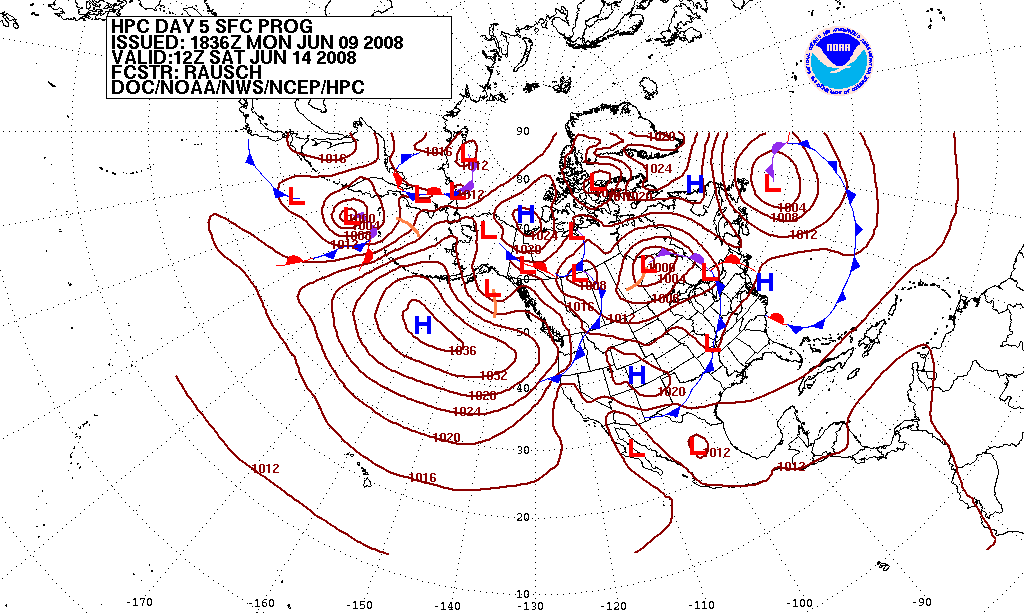|
Tropical Depression Josie
Tropical Depression Josie was a weak tropical system that impacted the Philippine archipelago of Luzon in July 2018, bringing widespread flooding. The tropical depression was classified in the South China Sea on July 20, and steadily moved eastward while gradually intensifying. The storm reached its peak intensity of 1-minute sustained winds of 65 km/h (40 mph) while nearing the northern tip of the Ilocos Region. By July 22, the system moved northward and rapidly weakened. The system was last noted on July 23 to the northeast of Taiwan. Despite being a relatively weak system, Tropical Depression Josie was known for actively enhancing the southwest monsoon that brought widespread flooding over Luzon, Philippines within most of July 2018. In the country, Josie caused ₱4.66 billion (US$87.4 million) of damages, also killing a total of 16 people. The storm was the second in history since Typhoon Ketsana struck Metro Manila and caused ocean-high flooding since 2009. Meteorological ... [...More Info...] [...Related Items...] OR: [Wikipedia] [Google] [Baidu] |
Philippines
The Philippines (; fil, Pilipinas, links=no), officially the Republic of the Philippines ( fil, Republika ng Pilipinas, links=no), * bik, Republika kan Filipinas * ceb, Republika sa Pilipinas * cbk, República de Filipinas * hil, Republika sang Filipinas * ibg, Republika nat Filipinas * ilo, Republika ti Filipinas * ivv, Republika nu Filipinas * pam, Republika ning Filipinas * krj, Republika kang Pilipinas * mdh, Republika nu Pilipinas * mrw, Republika a Pilipinas * pag, Republika na Filipinas * xsb, Republika nin Pilipinas * sgd, Republika nan Pilipinas * tgl, Republika ng Pilipinas * tsg, Republika sin Pilipinas * war, Republika han Pilipinas * yka, Republika si Pilipinas In the recognized optional languages of the Philippines: * es, República de las Filipinas * ar, جمهورية الفلبين, Jumhūriyyat al-Filibbīn is an archipelagic state, archipelagic country in Southeast Asia. It is situated in the western Pacific Ocean and consists of aro ... [...More Info...] [...Related Items...] OR: [Wikipedia] [Google] [Baidu] |
Satellite Imagery
Satellite images (also Earth observation imagery, spaceborne photography, or simply satellite photo) are images of Earth collected by imaging satellites operated by governments and businesses around the world. Satellite imaging companies sell images by licensing them to governments and businesses such as Apple Maps and Google Maps. History The first images from space were taken on sub-orbital flights. The U.S-launched V-2 flight on October 24, 1946, took one image every 1.5 seconds. With an apogee of 65 miles (105 km), these photos were from five times higher than the previous record, the 13.7 miles (22 km) by the Explorer II balloon mission in 1935. The first satellite (orbital) photographs of Earth were made on August 14, 1959, by the U.S. Explorer 6. The first satellite photographs of the Moon might have been made on October 6, 1959, by the Soviet satellite Luna 3, on a mission to photograph the far side of the Moon. The Blue Marble photograph was taken from spac ... [...More Info...] [...Related Items...] OR: [Wikipedia] [Google] [Baidu] |
Cordillera Administrative Region
The Cordillera Administrative Region (CAR; ilo, Rehion/Deppaar Administratibo ti Kordiliera; fil, Rehiyong Pampangasiwaan ng Cordillera), also known as the Cordillera Region and Cordillera (), is an administrative region in the Philippines, situated within the island of Luzon. It is the only landlocked region in the insular country, bordered by the Ilocos Region to the west and southwest, and by the Cagayan Valley Region to the north, east, and southeast. It is the least populous region in the Philippines, with a population less than that of the city of Manila. The region comprises six provinces: Abra, Apayao, Benguet, Ifugao, Kalinga and Mountain Province. The regional center is the highly urbanized city of Baguio. The region was officially created on July 15, 1987, and covers most of the Cordillera Mountain Range of Luzon and is home to numerous ethnic peoples. The Nueva Vizcaya province has a majority of Igorot population, but was placed by the American colonia ... [...More Info...] [...Related Items...] OR: [Wikipedia] [Google] [Baidu] |
Northern Luzon
Luzon (; ) is the largest and most populous List of islands in the Philippines, island in the Philippines. Located in the northern portion of the List of islands of the Philippines, Philippines archipelago, it is the economic and political center of the nation, being home to the country's capital city, Manila, as well as Quezon City, the country's most populous city. With a population of 64 million , it contains 52.5% of the country's total population and is the List of islands by population, fourth most populous island in the world. It is the List of islands by area, 15th largest island in the world by land area. ''Luzon'' may also refer to one of the three primary Island groups of the Philippines, island groups in the country. In this usage, it includes the Luzon mainland, the Batanes and Babuyan Islands, Babuyan groups of islands to the north, Polillo Islands to the east, and the outlying islands of Catanduanes, Marinduque and Mindoro, among others, to the south. The islands ... [...More Info...] [...Related Items...] OR: [Wikipedia] [Google] [Baidu] |
Thunderstorms
A thunderstorm, also known as an electrical storm or a lightning storm, is a storm characterized by the presence of lightning and its acoustic effect on the Earth's atmosphere, known as thunder. Relatively weak thunderstorms are sometimes called thundershowers. Thunderstorms occur in a type of cloud known as a cumulonimbus. They are usually accompanied by strong winds and often produce heavy rain and sometimes snow, sleet, or hail, but some thunderstorms produce little precipitation or no precipitation at all. Thunderstorms may line up in a series or become a rainband, known as a squall line. Strong or severe thunderstorms include some of the most dangerous weather phenomena, including large hail, strong winds, and tornadoes. Some of the most persistent severe thunderstorms, known as supercells, rotate as do cyclones. While most thunderstorms move with the mean wind flow through the layer of the troposphere that they occupy, vertical wind shear sometimes cause ... [...More Info...] [...Related Items...] OR: [Wikipedia] [Google] [Baidu] |
Pangasinan
Pangasinan, officially the Province of Pangasinan ( pag, Luyag/Probinsia na Pangasinan, ; ilo, Probinsia ti Pangasinan; tl, Lalawigan ng Pangasinan), is a coastal province in the Philippines located in the Ilocos Region of Luzon. Its capital is Lingayen. Pangasinan is in the western area of Luzon along the Lingayen Gulf and the South China Sea. It has a total land area of . According to the 2020 census it has a population of 3,163,190. The official number of registered voters in Pangasinan is 1,651,814. The western portion of the province is part of the homeland of the Sambal people, while the central and eastern portions are the homeland of the Pangasinan people. Due to ethnic migration, the Ilocano people settled in the province. Pangasinan is the name of the province, the people and the spoken language. Indigenous Pangasinan speakers are estimated to number at least 2 million. The Pangasinan language, which is official in the province, is one of the officially r ... [...More Info...] [...Related Items...] OR: [Wikipedia] [Google] [Baidu] |
Mountain Province
Mountain Province is a landlocked province of the Philippines in the Cordillera Administrative Region in Luzon. Its capital is Bontoc. Mountain Province was formerly referred to as ''Mountain'' in some foreign references. The name is usually shortened by locals to ''Mt. Province''. The province was named so for being in the Cordillera Central mountain range found in the upper realms of Luzon island. Mountain Province was also the name of the historical province that included most of the current Cordillera provinces. This old province was established by the Philippine Commission in 1908, and was later split in 1966 into Mountain Province, Benguet, Kalinga-Apayao and Ifugao. The province is also known for its mummy caves, which contain naturally mummified bodies, and for its hanging coffins. History Spanish period The area of the Cordillera mountains proved difficult to control by the Spaniards. During the long Spanish rule, not much was done to bring the province under ... [...More Info...] [...Related Items...] OR: [Wikipedia] [Google] [Baidu] |
Central Luzon
Central Luzon ( pam, (Reyun ning) Kalibudtarang Luzon, pag, (Rehiyon na) Pegley na Luzon, tgl, (Rehiyon ng) Gitnang Luzon, ilo, (Rehion/Deppaar ti) Tengnga ti Luzon), designated as Region III, is an administrative region in the Philippines, primarily serving to organize the 7 provinces of the vast central plains of the island of Luzon (the largest island), for administrative convenience. The region contains the largest plain in the country and produces most of the country's rice supply, earning itself the nickname "Rice Granary of the Philippines". Its provinces are: Aurora, Bataan, Bulacan, Nueva Ecija, Pampanga, Tarlac and Zambales. Pangasinan was formerly a province of Central Luzon before President Marcos signed ''Presidential Decree No. 1'', 1972, incorporating it into Ilocos Region. Additionally, the province of Aurora was part of the defunct political region Southern Tagalog when the region was divided into Calabarzon and Mimaropa, upon the issuance of ''Executiv ... [...More Info...] [...Related Items...] OR: [Wikipedia] [Google] [Baidu] |
Babuyan Islands
The Babuyan Islands ( ), also known as the Babuyan Group of Islands, is an archipelago in the Philippines, located in the Luzon Strait north of the main island of Luzon and south of Taiwan via Bashi Channel to Luzon Strait. The archipelago consists of five major islands and their surrounding smaller islands. These main islands are, counterclockwise starting from northeast, Babuyan, Calayan, Dalupiri, Fuga, and Camiguin. The Babuyan Islands are separated from Luzon by the Babuyan Channel, and from the province of Batanes to the north by the Balintang Channel. Geography The archipelago, comprising 24 volcanic-coralline islands, has a total area of about . The largest of these is Calayan with an area of , while the highest peak in the island group is Mount Pangasun () on Babuyan Claro. Islands The following are the islands of Babuyan and their adjoining islets and rocks, along with land areas and highest elevation: Geology The eastern islands of the archipelago are part of ... [...More Info...] [...Related Items...] OR: [Wikipedia] [Google] [Baidu] |
Cagayan
Cagayan ( ), officially the Province of Cagayan ( ilo, Probinsia ti Cagayan; ibg, Provinsiya na Cagayan; itv, Provinsiya ya Cagayan; fil, Lalawigan ng Cagayan), is a province in the Philippines located in the Cagayan Valley region, covering the northeastern tip of Luzon. Its capital is the city of Tuguegarao. It is about northwest of Manila, and includes the Babuyan Islands to the north. The province borders Ilocos Norte and Apayao to the west, and Kalinga and Isabela to the south. Cagayan was one of the early provinces that existed during the Spanish colonial period. Called ''La Provincia de Cagayan'', its borders essentially covered the entire Cagayan Valley, which included the present provinces of Isabela, Quirino, Nueva Vizcaya, Batanes and portions of Kalinga and Apayao. The former capital was Nueva Segovia, which also served as the seat of the Diocese of Nueva Segovia. Today, only remain of the former vastness of the province. The entire region, however, ... [...More Info...] [...Related Items...] OR: [Wikipedia] [Google] [Baidu] |
Barometric Pressure
Atmospheric pressure, also known as barometric pressure (after the barometer), is the pressure within the atmosphere of Earth. The standard atmosphere (symbol: atm) is a unit of pressure defined as , which is equivalent to 1013.25 millibars, 760 mm Hg, 29.9212 inchesHg, or 14.696 psi.International Civil Aviation Organization. ''Manual of the ICAO Standard Atmosphere'', Doc 7488-CD, Third Edition, 1993. . The atm unit is roughly equivalent to the mean sea-level atmospheric pressure on Earth; that is, the Earth's atmospheric pressure at sea level is approximately 1 atm. In most circumstances, atmospheric pressure is closely approximated by the hydrostatic pressure caused by the weight of air above the measurement point. As elevation increases, there is less overlying atmospheric mass, so atmospheric pressure decreases with increasing elevation. Because the atmosphere is thin relative to the Earth's radius—especially the dense atmospheric layer at low altitudes—the E ... [...More Info...] [...Related Items...] OR: [Wikipedia] [Google] [Baidu] |
Sea-surface Temperatures
Sea surface temperature (SST), or ocean surface temperature, is the ocean temperature close to the surface. The exact meaning of ''surface'' varies according to the measurement method used, but it is between and below the sea surface. Air masses in the Earth's atmosphere are highly modified by sea surface temperatures within a short distance of the shore. Localized areas of heavy snow can form in bands downwind of warm water bodies within an otherwise cold air mass. Warm sea surface temperatures are known to be a cause of tropical cyclogenesis over the Earth's oceans. Tropical cyclones can also cause a cool wake, due to turbulent mixing of the upper of the ocean. SST changes diurnally, like the air above it, but to a lesser degree. There is less SST variation on breezy days than on calm days. In addition, ocean currents such as the Atlantic Multidecadal Oscillation (AMO), can affect SST's on multi-decadal time scales, a major impact results from the global thermoha ... [...More Info...] [...Related Items...] OR: [Wikipedia] [Google] [Baidu] |





